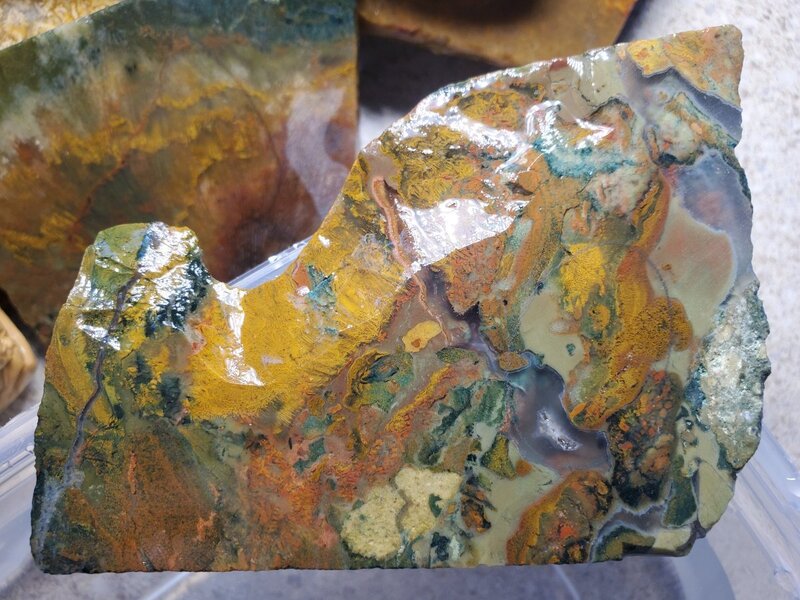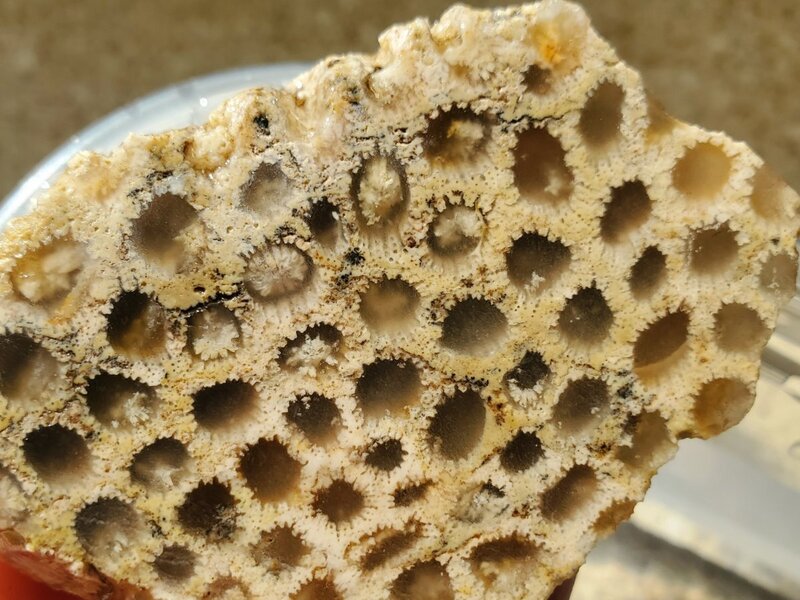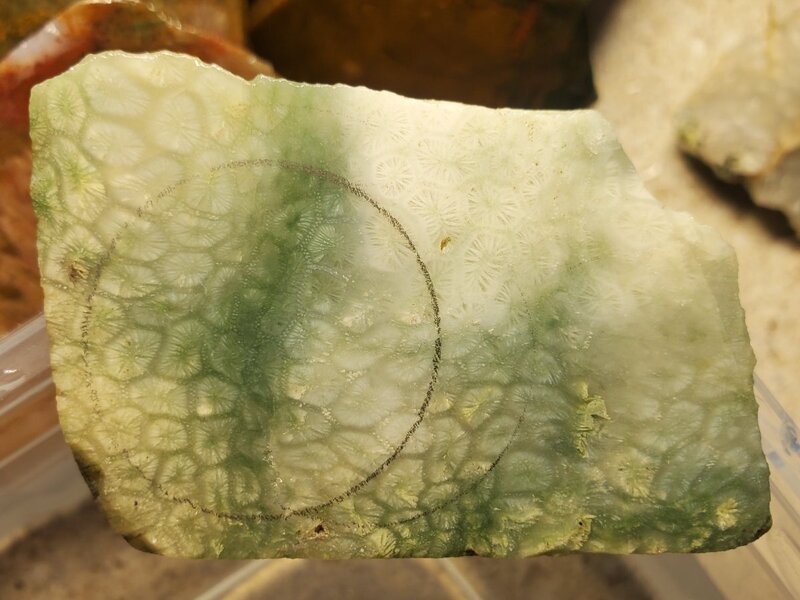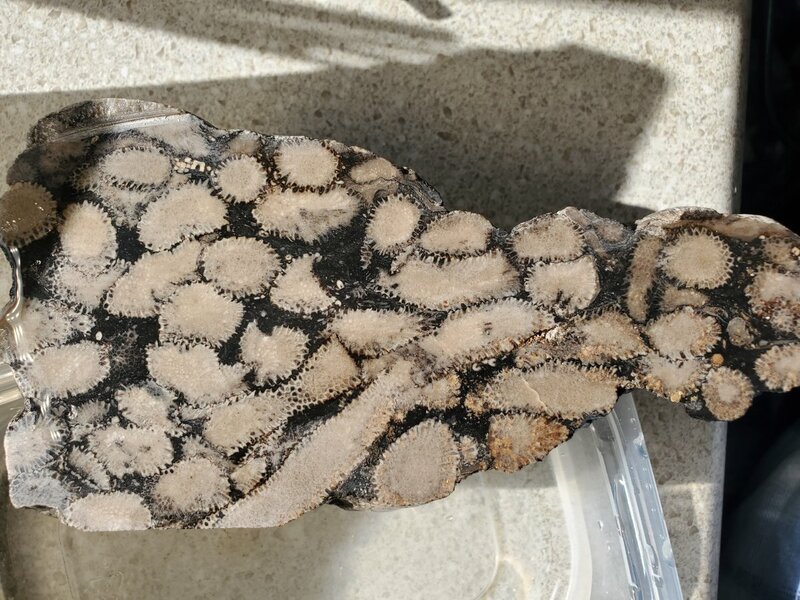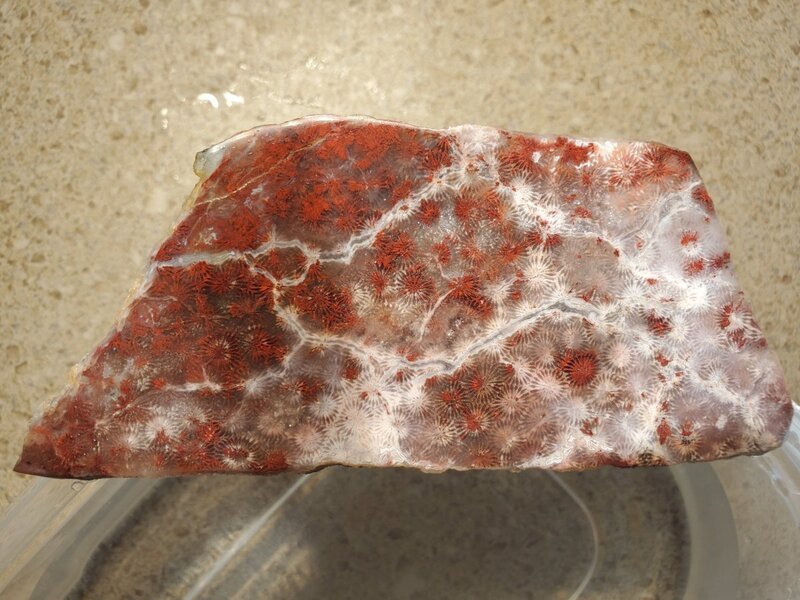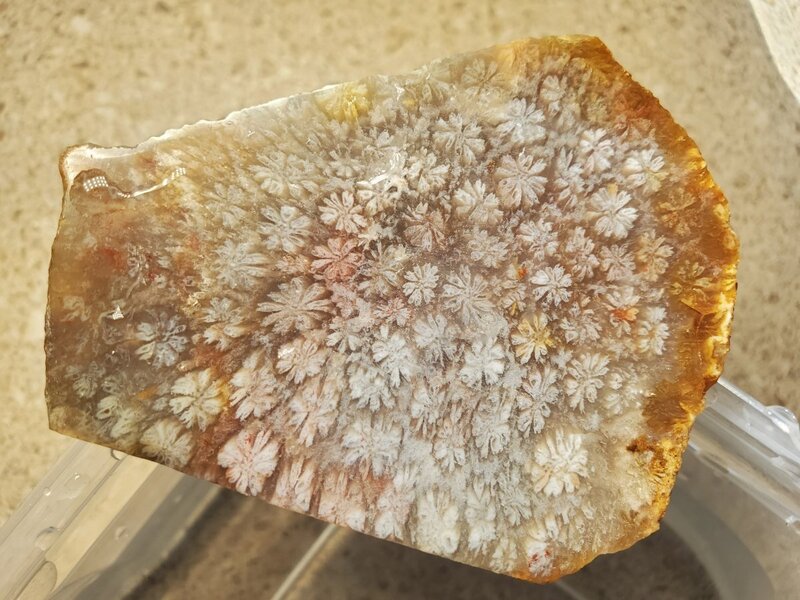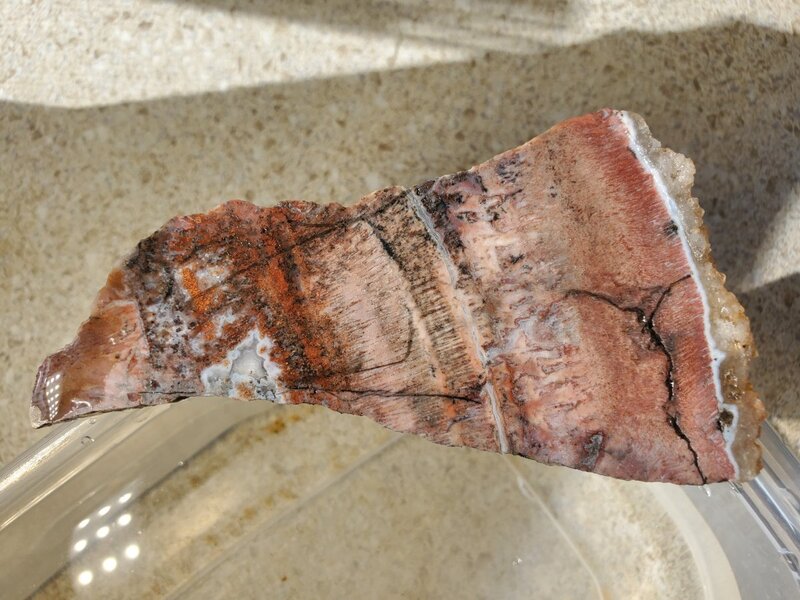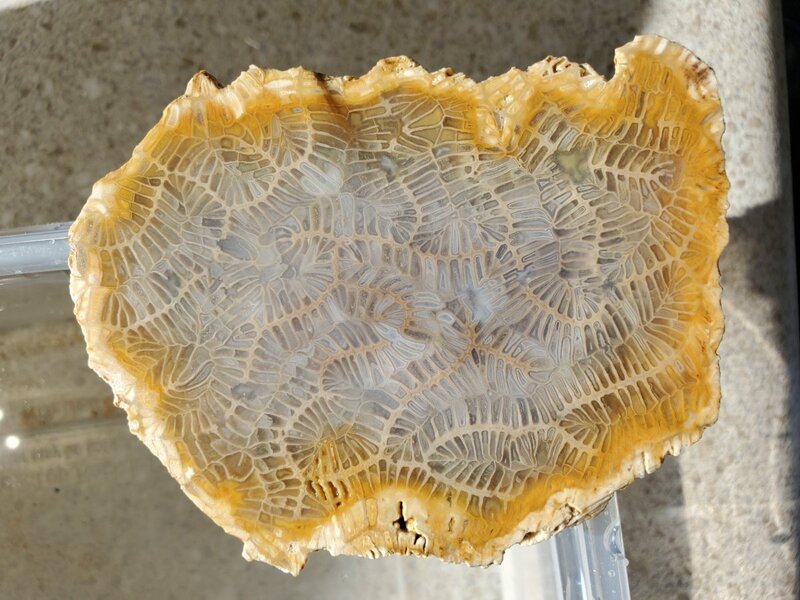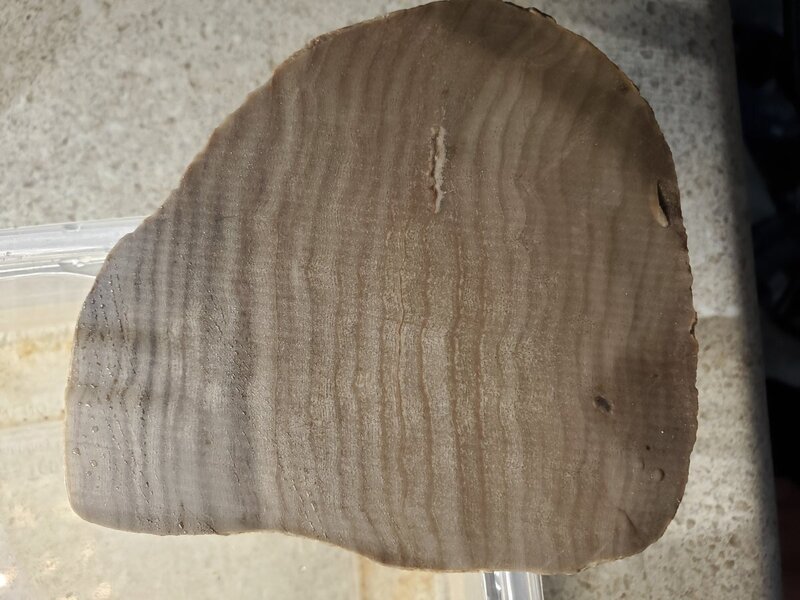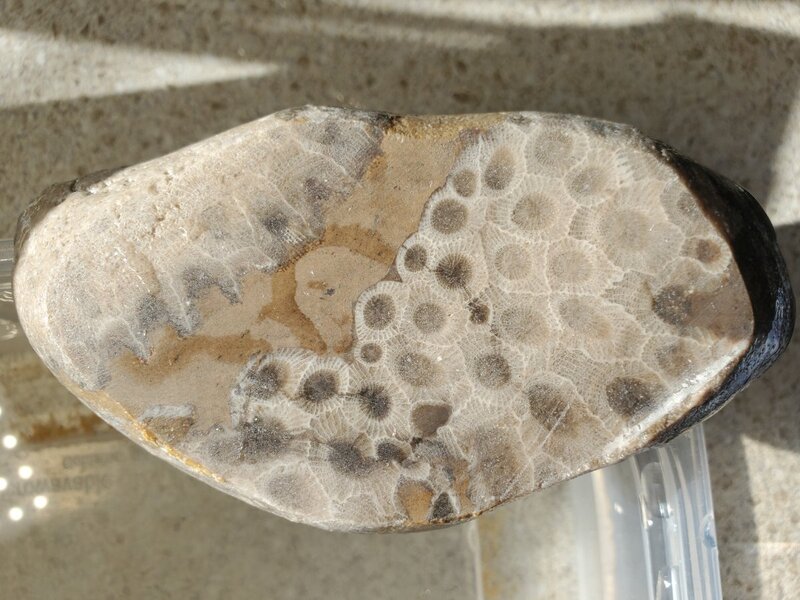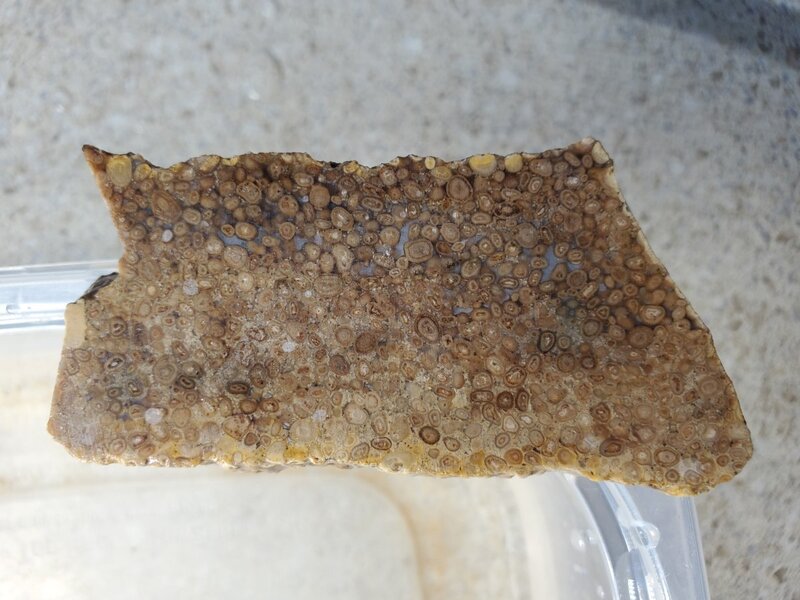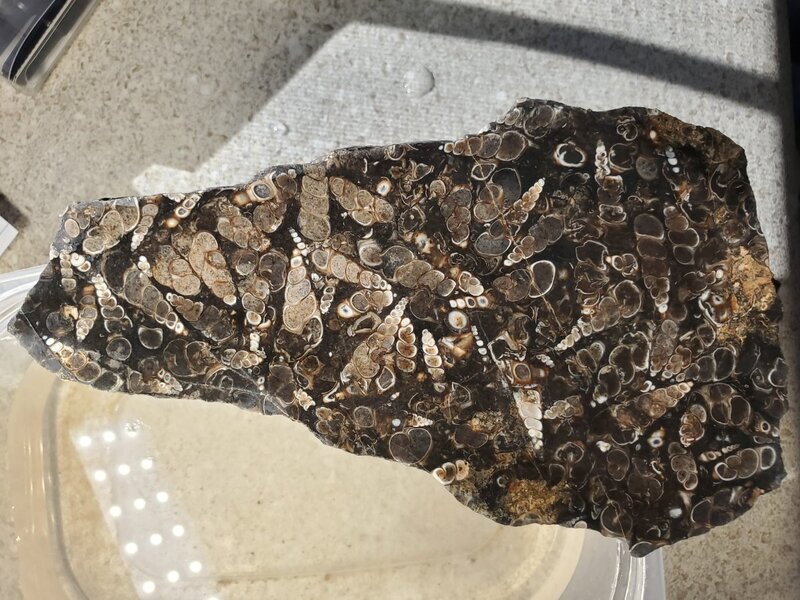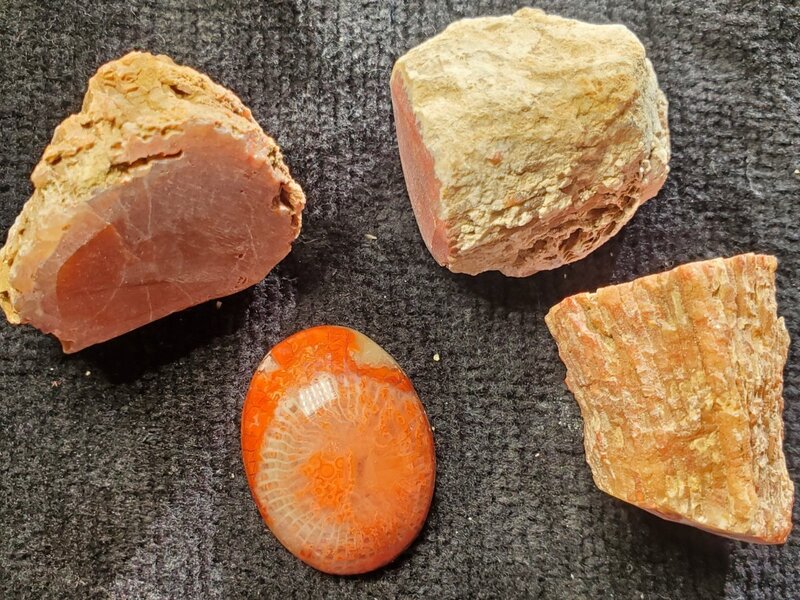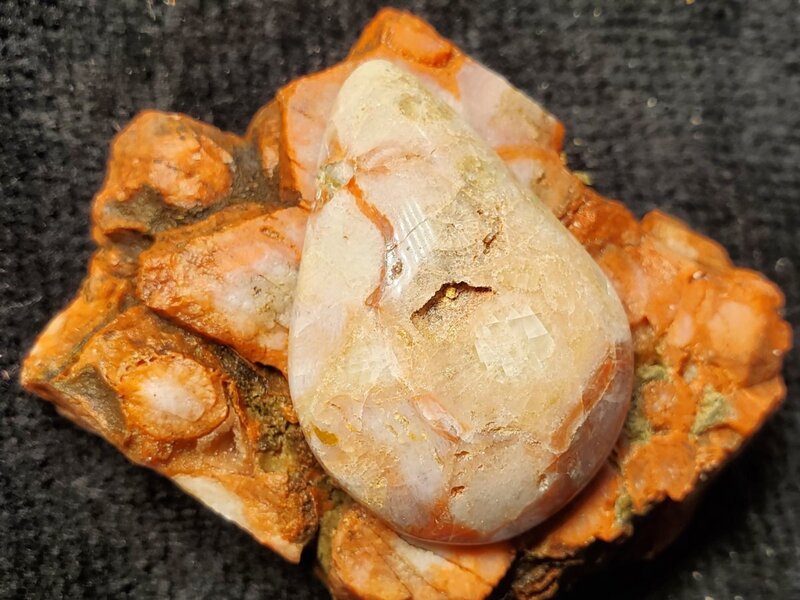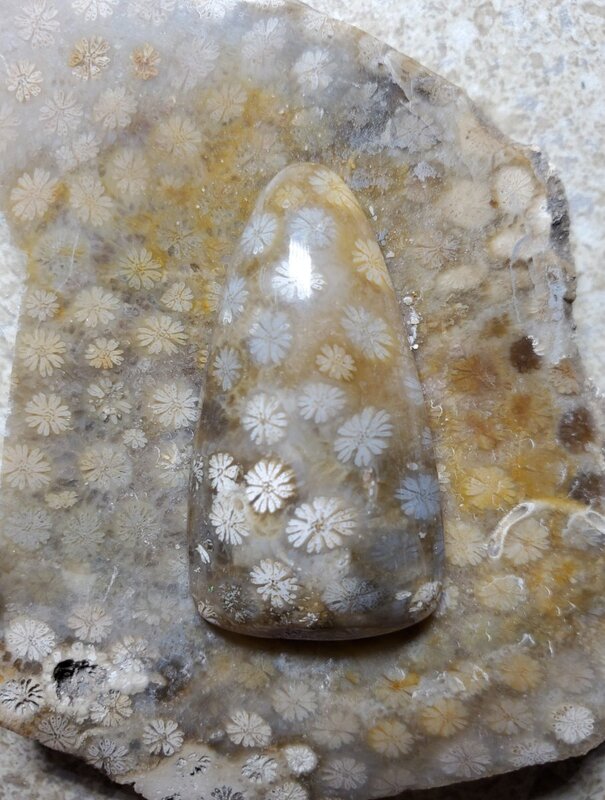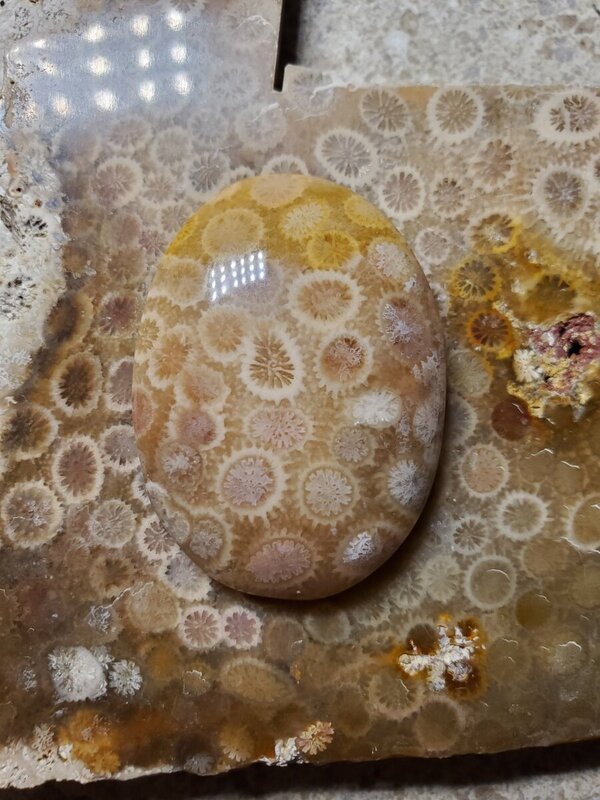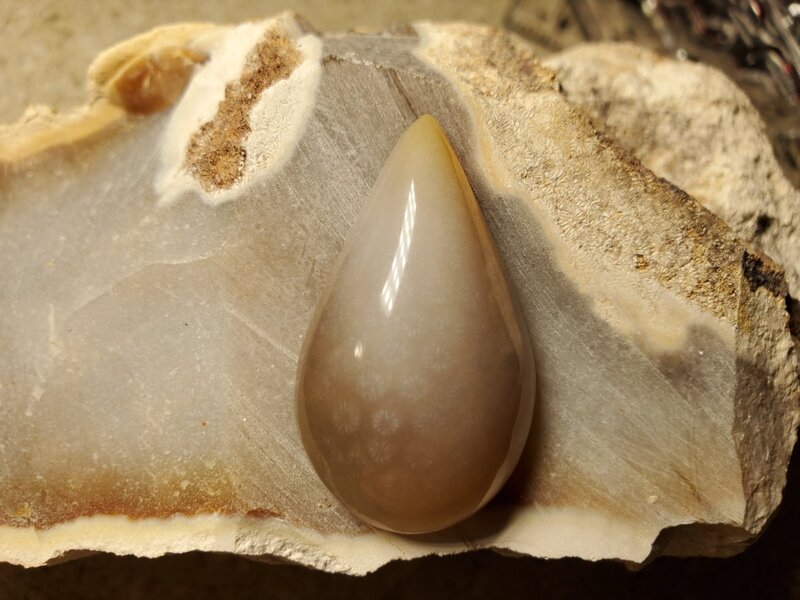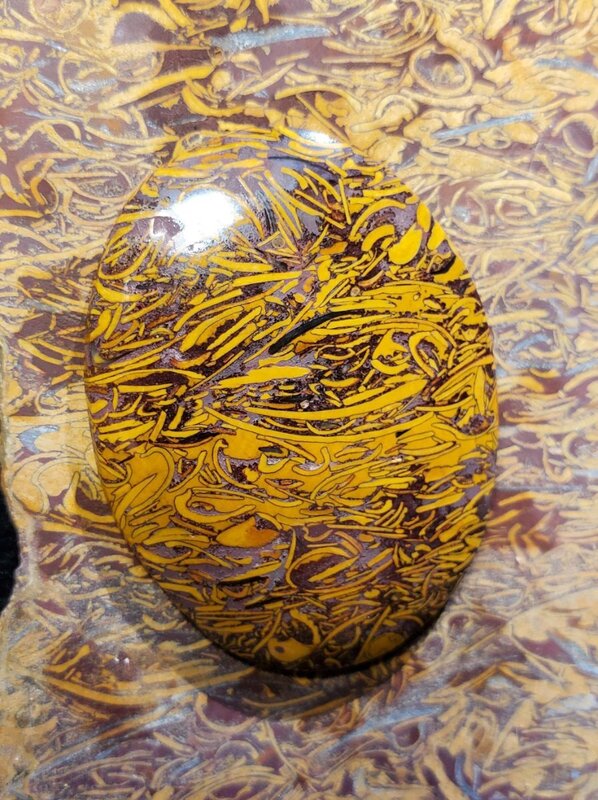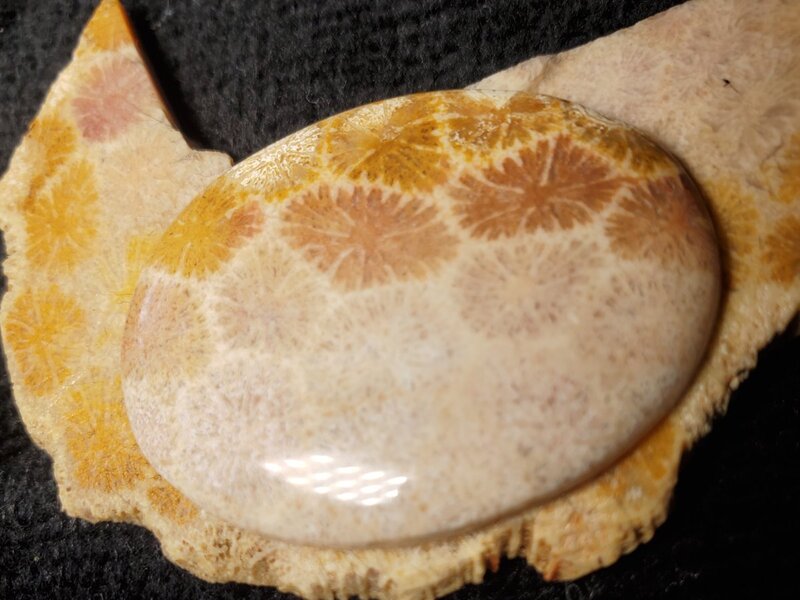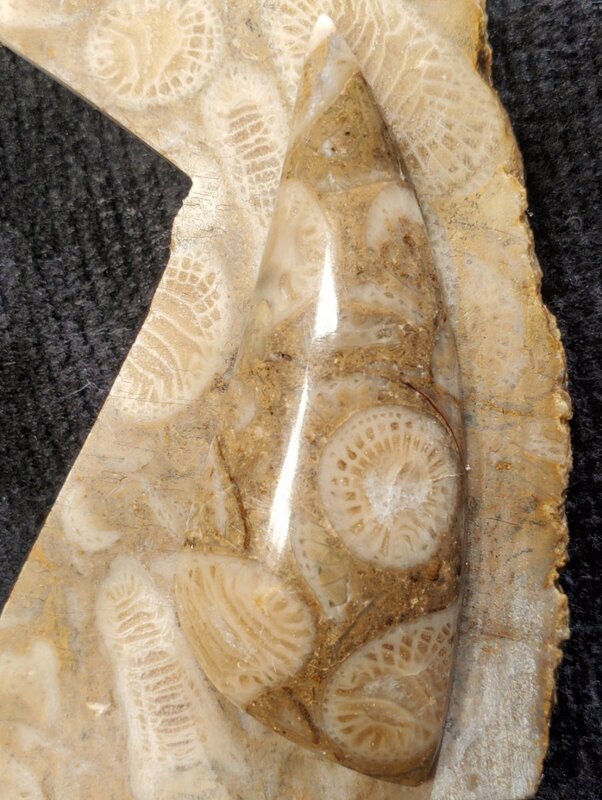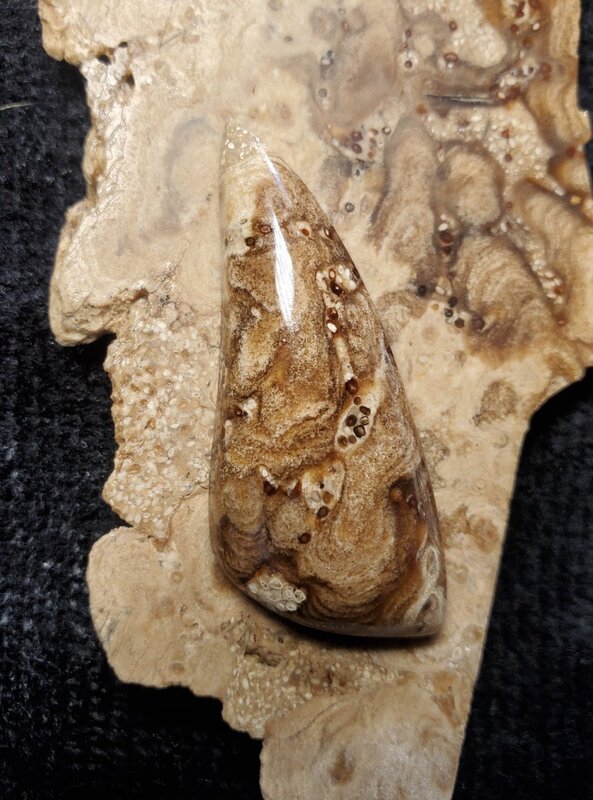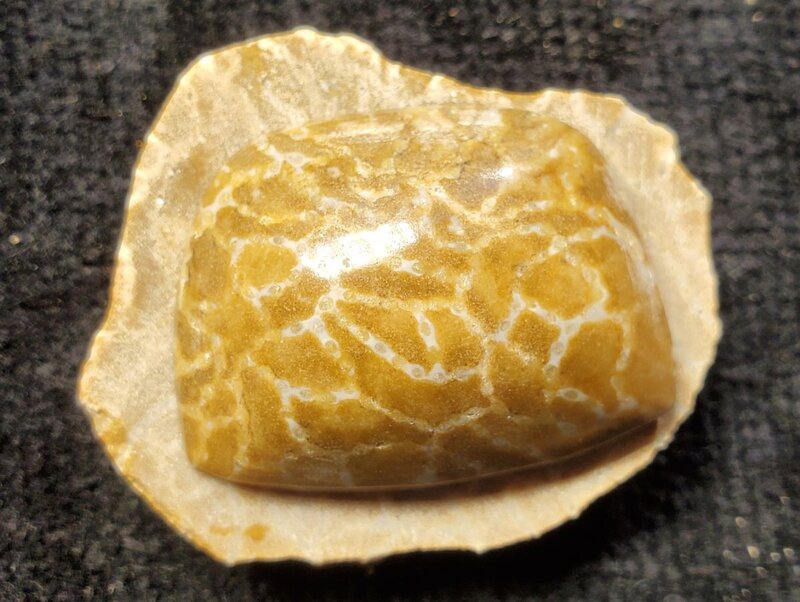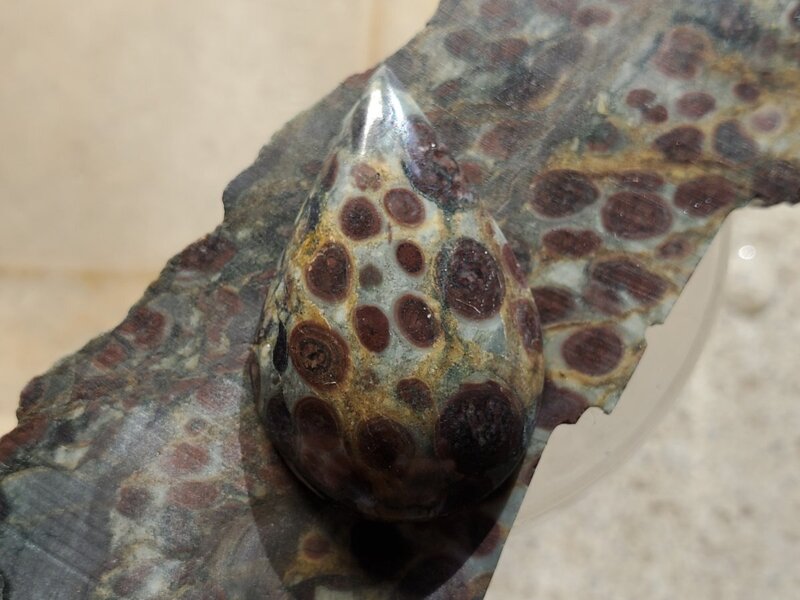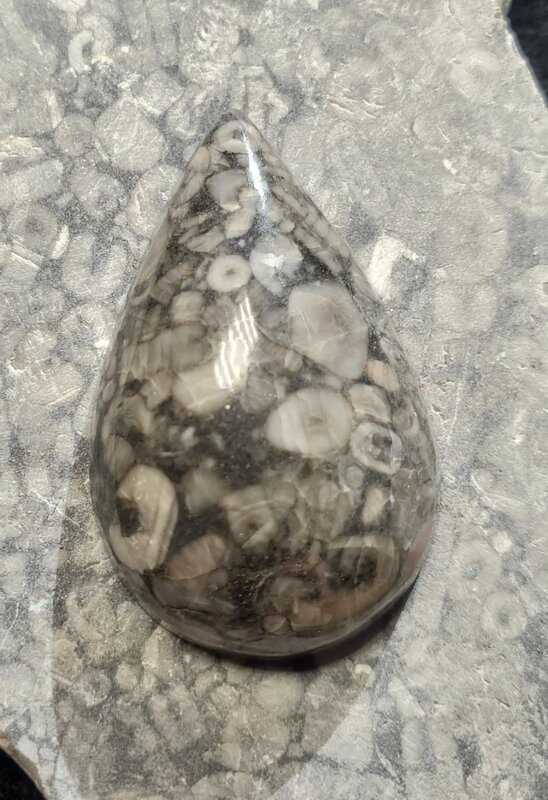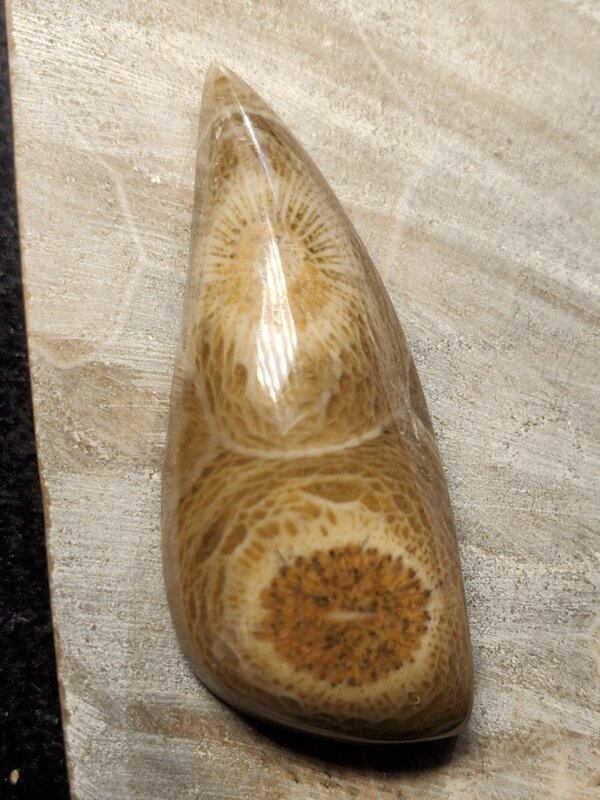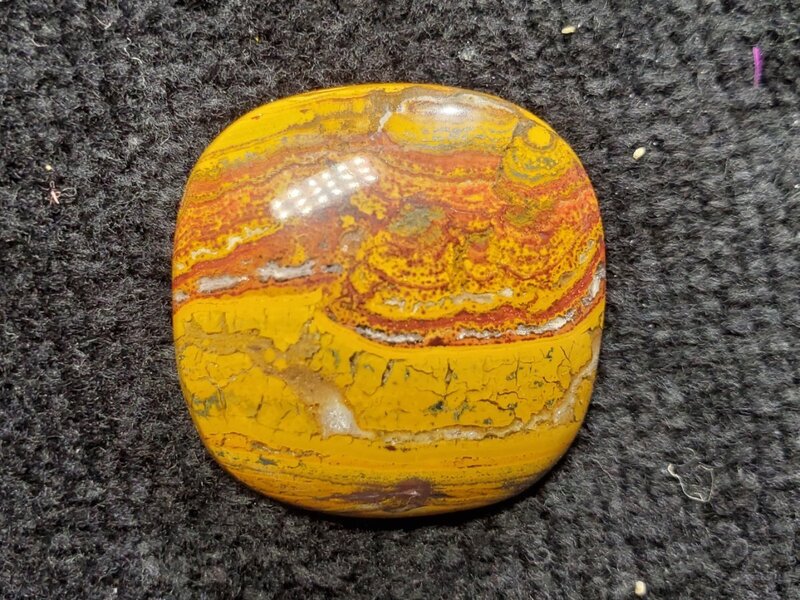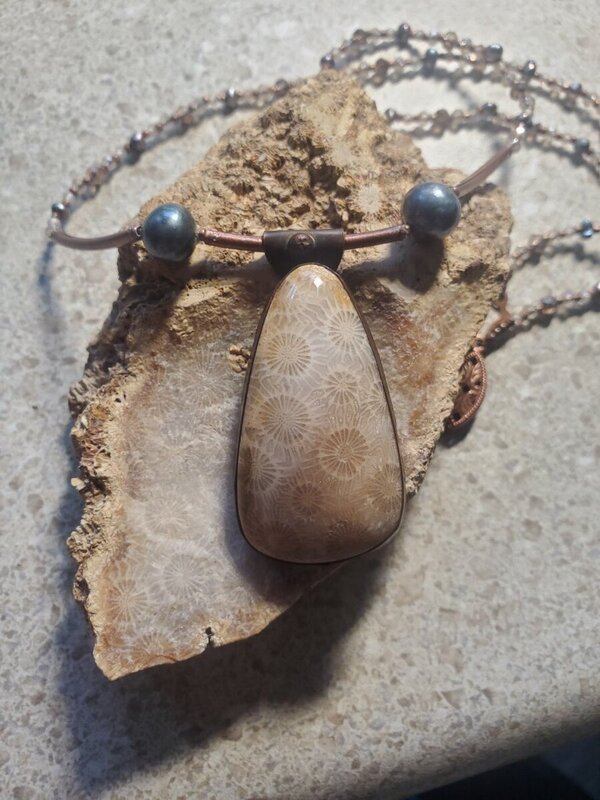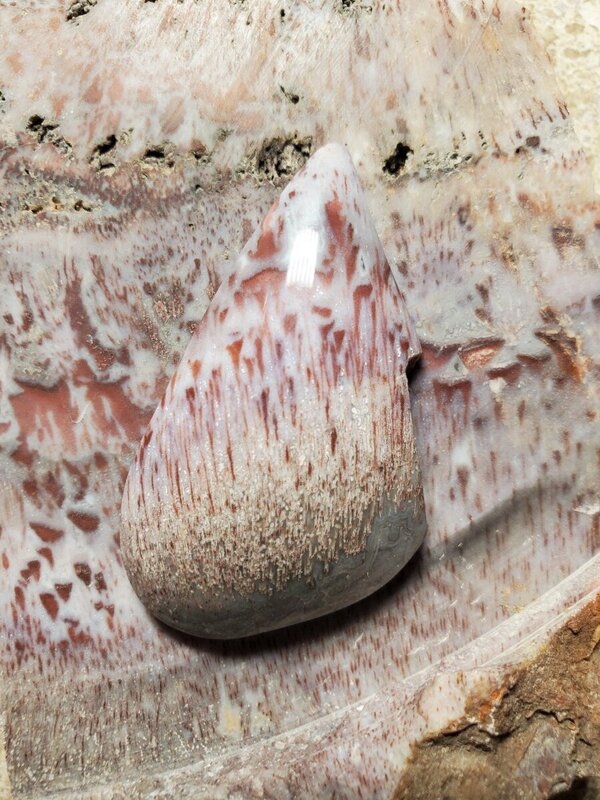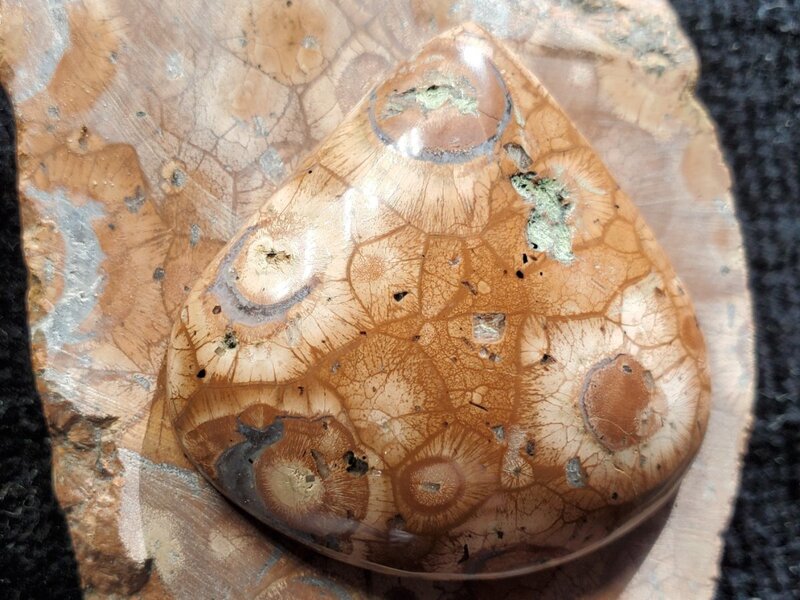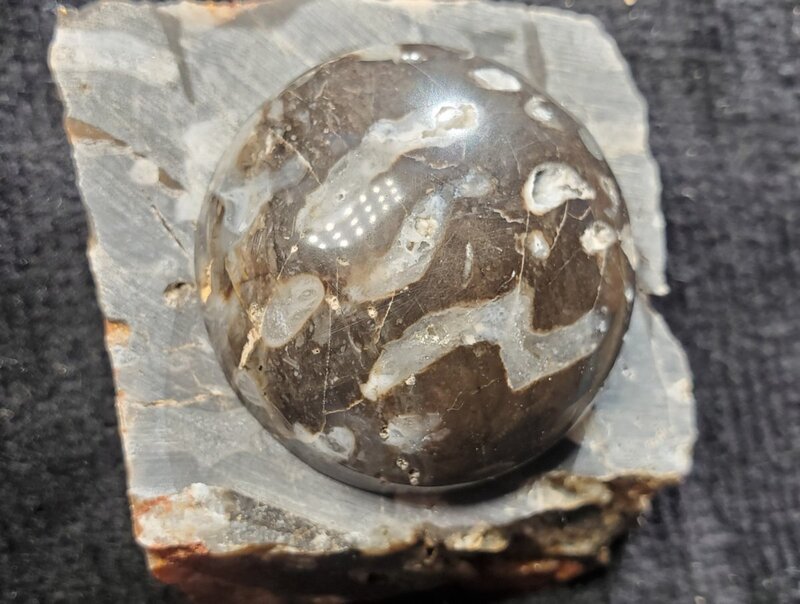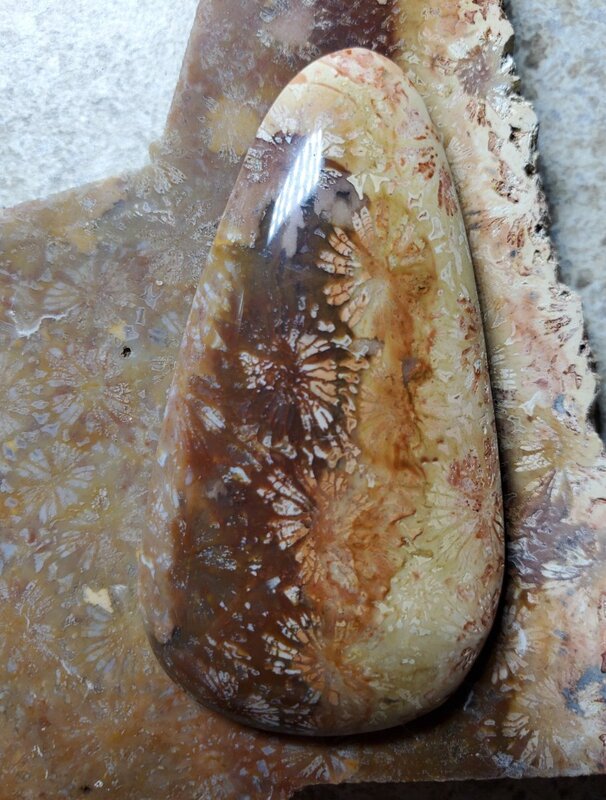-
Posts
904 -
Joined
-
Last visited
Content Type
Profiles
Forums
Gallery
Events
Store
Everything posted by ReefdUp
-
Thanks Craig for handling this! If anyone ever has any issues or concerns with their membership, please reach out to Membership@wamas.org. Your friendly Membership Director is happy to help! 😁
-
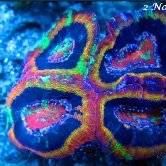
What type algae is this, and how to get rid
ReefdUp replied to Mbheat77's topic in General Discussion
@ranger, if you would like to continue this discussion, please start a new thread. Let's keep this thread relevant to the OP's specific question. -

What type algae is this, and how to get rid
ReefdUp replied to Mbheat77's topic in General Discussion
Recommend taking your water to a LFS to see how your parameters check out against a different set of kits. Bacteria added against ammonia: https://www.reef2reef.com/threads/bacteria-in-a-bottle-myth-or-fact.403226/ There are other ways to address ammonia, but dosing bacteria is my preference, as it naturally addresses the problem. The research linked above is more focused on initial cycling of a tank's ammonia, but it is still relevant. -

What type algae is this, and how to get rid
ReefdUp replied to Mbheat77's topic in General Discussion
While there are certainly other acceptable methods to reduce ammonia, adding beneficial bacteria to rapidly process it is nothing resembling a scam. Ammonia at detectable levels needs to be reduced ASAP (assuming the test kit is accurate), and given the lack of nitrite, it is possible the nitrate cycle is bacteria-limited. Inverts added may die (increasing ammonia further), so I do not recommend adding inverts until ammonia and nitrite reach zero. -

What type algae is this, and how to get rid
ReefdUp replied to Mbheat77's topic in General Discussion
To me, it looks like you have a bacterial insufficiency or lack of balance. How old is this tank? Recommend dosing quality "bacteria-in-a-bottle." Since you're registering ammonia with no registered nitrite (but still some nitrate), it appears that your tank may be struggling with the nitrate cycle. This is fairly common with new tanks (or ones that never properly cycled). Are you having any invert/vert die-off? Dosing bacteria may help kickstart the nitrate cycle. However, you're likely to get another surge of algae as the ammonia is converted. I'd only add the inverts once the ammonia and nitrite reach 0. -
What are your calcium and magnesium levels?
-

Need advice - algae and cyno; nitrate 0, phosphate 0.3
ReefdUp replied to Kathryn Lawson's topic in General Discussion
Glad you were able to get the fish switched to a different food. Are you using a good *reef* salt that brings alk/ ca/ mag to natural saltwater levels? You have to fix your mag and ca, or else corals will continue to suffer. If you aren't going to switch salts, you'll need to supplement. Now, that probably has nothing to do with the cyano thing, but it's still part of good husbandry. Were you testing daily? If so, do you have those numbers so we can plot them out? It would be good to see if it looks like the rocks are leaching phosphate. I would keep using the bacteria-dosing but not vinegar or any other carbon source at this time. I still wouldn't go the chemiclean route, but I can certainly understand your frustration and use of it. -
Welcome!! And welcome to the new baby - congrats!! We have our next meeting on 4 May, so hopefully you can get back into the swing of things there! Since you were last active, we've tried to make the meetings a bit more family-friendly. So, once you're comfortable, come on out with the clan! Although your little one can't enjoy gnawing on crayons yet, we have a kids' activity table at the back of the meetings. You can often find a couple families back there, which can be awesome for socializing on how to baby-proof the tank, how to have a tank-life balance, etc.
-
Recently, the WAMAS Board of Directors received three complaints within hours of each other. One was in regards to suspicious account activity, another was in regards to member interactions, and the other was an accusation of stalking against another member and a breach of personally identifiable information (PII). WAMAS takes all complaints seriously, especially those which threaten the safety of our members. The WAMAS BOD reviewed all relevant information pertaining to these complaints and found that the suspicious activity complaint was founded; the other two complaints were dismissed as unfounded. More specifically, the stalking and PII breach accusations were not substantiated. As a result, two members are no longer a part of WAMAS. If you have any questions regarding member interactions, suspicious activity, or other concerns regarding this or other incidents, please reach out to the Membership Director org box at Membership@wamas.org. (This thread is not open for commenting.)
-
Thank you so much! Glad you like them! Thank you! When are you starting lapidary?! Thank you very much; looking forward to nerding out with you over more rocks soon! Aw, thanks! I don't think I'm going to have a choice. They're so fun to make, but I'm not sure what to do with them all! Very cool! I mean, coral fossils... who wouldn't be a fan of that?!
-
Thank you!!
-
Here's a sneak peak at my next batch of material to process... Indonesian coral (probably the most colorful piece I've seen ever): Indonesian coral (love the insane detail on this piece for the corallites): Indonesian coral: Michigan Cladapora: Indonesian Coral (my favorite piece - absolutely amazing): Indonesian Coral (I plan to make this into a doublet; it's really well-agatized): Mexican coral (side slice) (*love* the crystals on this one!): Indonesian coral: Michigan Stromatopora (sponge): Michigan Hexagonaria percarinata (aka, Petosky) (no post on fossilized corals would be complete without it): Oolite: Wyoming Turritella snails (ok, you caught me, this is a freshwater species, but still... soooo cool): I could go on for hundreds of photos - I may have a problem! Hope you enjoyed.
-
I'm a nerd, through and through, right down to the rock collection I've had since I was a kid. However, last year, everything changed. My husband went to Australia and brought me back some opals - in the rough. He knew I had my Gryphon band saw, so he thought the hard part was over (this reminds me of when I found a *free* fish tank at a yard sale that started a 17-year reefkeeping obsession). Well, I ended up with a slab saw (to cut the rough into something more workable), and then I ended up with a cabbing machine. And, of course, I couldn't start with the opals; I had to practice! So I started buying rocks...and got addicted. But then, I found fossilized corals. More specifically, agatized corals. So now, not only am I interested in reefkeeping and scuba diving, I'm also into coral lapidary arts. But, it doesn't stop there. Ooooh no... Because what's the point of having all these pretty rocks just stored up?? So, I started metalsmithing copper and silver. I already bead, so now I have pretty much the whole lifecycle of jewelry. Seeing Ben at @Supreme Reefs with his awesome rock offerings at the last meeting gave me the courage to share my not-so-reef, reef. I plan to make ocean-related fossil cabochons into a mosaic, but for right now, I'm just making pretty rocks. Please enjoy my humble lapidary beginnings and the wide variety of polyp structures! Indonesian Coral necklace, set in copper with pearl and copper accents: Utah Red Horn Coral (rough and cabochon): Indonesian agatized coral (and if you look closely on the right, you can see agatized worm tunnels): Arizona coral (rough and cabochon) (this material was extremely pitty, so I need to fill in the void. It's gorgeous though and sparkles like crazy): Indonesian agatized coral (cabochon and rough): Unknown coral (rough and cabochon): Coquina (Clam) (when I said I was into coral, I lied - it's all water-based lifeforms) (this is one of my favorite pieces): Indonesian Coral (rough and cabochon): Utah Horn Coral (rough and cabochon): Stromatolite (microbial mats, particularly cyanobacteria): Michigan Chain Coral, "Halycites" (rough and cabochon): Oncolites (cyanobacteria): Crinoids (sea lillies) (rough and cabochon): Morocco Actinocyanthus (rough and cabochon): Stromatolite (microbial mat, particularly cyanobacteria) (cabochon): Mexican coral (side slice) (I'm so mad - the right side fractured off. I need to fix this.) (rough and cabochon): Unknown coral (need to finish - it had some pitting that I need to correct) (rough and cabochon): UK Lithostrotion (rough and cabochon): Indonesian coral (rough and caobchon): Thanks for making it to the end!
-

Need advice - algae and cyno; nitrate 0, phosphate 0.3
ReefdUp replied to Kathryn Lawson's topic in General Discussion
Agreed on all points. What you're looking for in the new batch of saltwater is either balanced alk/ ca/ mag at natural seawater levels or slightly higher (so as to replenish what you've lost.) Some salt mixes (especially back in the day) just made sure the water mixed to the proper salinity. A good reef salt will balance the other parameters as well. There are good budget reef salts, but test what you have first so that you have good data before you make a decision. I started in the hobby on a starving college-student budget, where my fish ate better than I did. It's possible. Getting a good quality salt can be more economical than supplementing a small tank with all the various chemicals. On larger tanks, sometimes the inverse becomes true. Going back to basics may decrease your costs (and maybe even any frustration). It may be more physical work, but it's a simple plan that should move you in the right direction. That alone is likely more work than researching ideas, wading through opinions, and stressing about 'what-ifs.' If you don't have enough time for a 10% daily water change, do whatever you can manage. Once, I was in a situation like this, and I literally did a gallon jug water change daily. I filled it up with tank water, poured it out, and poured in the new saltwater from a bigger batch that I made on the weekend. It took five minutes. It doesn't have to be complicated. But when you do find more time, try to do a higher percent and clear some of the detritus in the sand out, too. -

Need advice - algae and cyno; nitrate 0, phosphate 0.3
ReefdUp replied to Kathryn Lawson's topic in General Discussion
Holy moly. You have too many things going on - your boat is sinking. Instead of bandaid-ing all the holes, you need a new hull. Dosing a million different products is just creating too many variables. Let's go back to basics. At this point, here's what I would do: - One 20% water change with a good *reef* salt - Daily 5-10% water changes for several weeks with a good *reef* salt. It's a pain, but it'll slowly move your tank back to the balanced numbers. - Fix your RODI. What's your TDS? You should know when to change it by that. - Fix your filter sock. - Start weaning your fish off flake food. Start adding in a good quality pellet, and feed minimally. - You really need to skim while trying to reduce phosphates! As the bacteria is consuming the nitrate (and phosphate), the bacteria are multiplying. They have to be removed! Otherwise, when they die, the nutrients just end up right back in your tank. There must be an export. - Dose bacteria according to manufacturer's instructions, but stop dosing vinegar and nitrate. - Test new saltwater makeup to make sure it's balancing out your tank's parameters. (Funny story... I kid you not, but I had a close friend who had miserable reef problems. Found out her cat was peeing into the new saltwater.) - Test your tank daily and start graphing the parameters. You should see a good trend. - Once things stabilize, then consider reintroducing dosing various products one by one. Wait two weeks between each change so you can see the difference. With the coral load you have, you shouldn't need to dose much, if anything (other than regular water changes). -

Need advice - algae and cyno; nitrate 0, phosphate 0.3
ReefdUp replied to Kathryn Lawson's topic in General Discussion
Concur -

Need advice - algae and cyno; nitrate 0, phosphate 0.3
ReefdUp replied to Kathryn Lawson's topic in General Discussion
Have you switched your food yet? Personally, I like Spectrum pellets, but I feed a wide variety of foods. There are some neutrally and positive bouyancy pellets, so you'll just need to select what is right for your fish type. You're using RODI, right? Something isn't adding up in this math equation. When you mentioned the rising alk, I didn't see your calcium and magnesium levels. Those three are intertwined. If one is super high, the others will likely be way off as well. My guess is that your mag or calcium (or both) are way low. Invert deaths are unfortunately one of those things I rarely consider as indicative of a larger problem. They're often very sensitive to nutrient changes or high nutrients. Additionally, some have quite short lifecycles, and there's no way to tell their age. I don't react to any invert death unless there is a mass die-off, which indicates a systemic problem. Personally, I would stick to the math. Nutrients in... nutrients out. Somewhere that math equation is not making sense, so look at all sources for your nutrients-in. You may also want to try a different bottle of bacteria from a different source. Something is suspicious here, as your levels should be dropping (unless the nutrient input is just really high.) I've never used Flourish - are you sure it's reef-safe? With the dosed urea, have you been testing your ammonia and nitrite? If either of those are detected, there's your problem. -

WAMAS Winter (Annual) Meeting February 10, 2024 - Jim Graham
ReefdUp replied to Gatortailale's topic in Club News
All membership changes made in-person at the meeting yesterday (i.e., renewals, new memberships) are updated in the database. If you have any questions or concerns regarding your membership, please let me know. -
Hi Garrett! Thank you so much for your interest and reaching out! It's been a passion for a long time, but I'll certainly say that kind comments like this help encourage me to keep going. I'll be at the meeting this Saturday if you'll be there. If you haven't seen them yet and are interested, I also have a webpage and a MACNA presentation on YouTube. Hope to chat with you more soon! Welcome back to the hobby! - Nikki
-

Need advice - algae and cyno; nitrate 0, phosphate 0.3
ReefdUp replied to Kathryn Lawson's topic in General Discussion
Since your nitrates are now registering but your phosphates haven't budged, it sounds like you're bacterial-limited. Have you tried dosing bacterial yet? I use Macrobacter7, but I've used Prodibio in the past successfully too. Invert deaths are certainly sad, but I rarely consider them as a concern by themselves. You just never know their age, what issues they might have, or what else may be going on. But yes, it does sound like there's something concerning overall. The phosphate alone could be the culprit (it's pretty high). I wouldn't argue againt a water change - just measure and dose nitrate afterward, along with bacteria. -

Need advice - algae and cyno; nitrate 0, phosphate 0.3
ReefdUp replied to Kathryn Lawson's topic in General Discussion
Hi Kathryn! It was great chatting with you about this the other day, and I'm glad you were able to test your parameters. First, I would steer clear of Vibrant. It has its place in the hobby, but it's not for this scenario. You know what the problem is (high phosphate), and killing off the algae chemically won't fix the phosphate issue (it may just make it worse due to die-off). I've used it to treat the super-serious algae that do not respond to anything else, but, even years later, I can't grow any macro algae. Recommend solving the root cause... high phosphate. Bringing your nitrates up to about 4 and maintaining them there will likely not fuel algae growth. The bacteria and corals will process the nitrate too fast for the algae to take off. But, the bacteria will also then be able to process the phosphate. You'll lower your phosphate naturally, which won't shock your corals (possible with GFO). And, when the hair algae is handled, your macros will appreciate it. If you start dosing nitrate and don't see changes, you could be bacteria limited. Dosing bacteria will kickstart everything a bit better. If you get really desperate (and this is more risky), you can consider dosing vodka/ sugar/ vinegar in addition to the above efforts. That's bacteria food, which will kickstart them even more to start processing your phosphate and nitrate. I don't recommend that unless you're really comfortable with balancing out phosphate and nitrate. It shouldn't take long to notice a difference with nitrate dosing. Within probably 24hr, you'll notice something different but maybe can't place it. Within 3 days, the cyano should start to die off. Within a week, there should be some reduction of hair algae and cyano. Within two weeks, it should be looking pretty good. Oh... and stop using flake! There are only a couple brands that are decent. You'll probably find that you can feed your fish less with a quality pellet, thus reducing waste in the tank. -

Power going to be off 8hr - what to do
ReefdUp replied to FrontosaTony's topic in General Discussion
As someone who had no losses during a 9-day power outage with nothing but some air pumps and a cordless drill... Keep the tank oxygenated (where there are fish, at least) - a simple battery-powered air pump will suffice. It's best to oxygenate the sump too, but it's not critical (assuming there are no fish there.) During our power outage, we eventually ran out of batteries for air pumps. We took a cordless drill and put a utility hook on the end (a whisk or other beater would work, too), and we stirred the tank every hour with it for a few minutes. The temp decrease is less critical. If the temp decreases slowly, the critters can handle it well. Just make sure there are no rapid fluctuations. Bring the heat back up as slowly as it went down. (Assuming your tank is in a well-sealed house.) And, the best part is... low temps have been anecdoteally associated with killing off red bugs and related pests (just in case those are a problem - not saying they are for you.) Don't feed during the outage or right before; it'll create waste that may not be properly processed if oxygen starts to be an issue. Don't stress and don't make any drastic changes - and your tank will respond in-kind. Of course, it's best to be overprepared, but that can get expensive. We have a battery system now that recently replaced our generator. -
They're an Amphiscolops sp., a harmless acoel flatworm. They do grow in crazy numbers sometimes, and Flatworm Exit doesn't work on them. They seem to eat algae (and maybe even have some photosynthesis capability based on behavior). Wrasses, mandarins, pipefish, etc. may help control the populations, but there are no guarantees. Recommendation: tolerate as part of a healthy ecosystem
-
Welcome! Sounds like you're off to a great start! This group is great, with lots of knowledgeable and friendly folks. We have a meeting coming up very soon as well. Hope to see you there!



